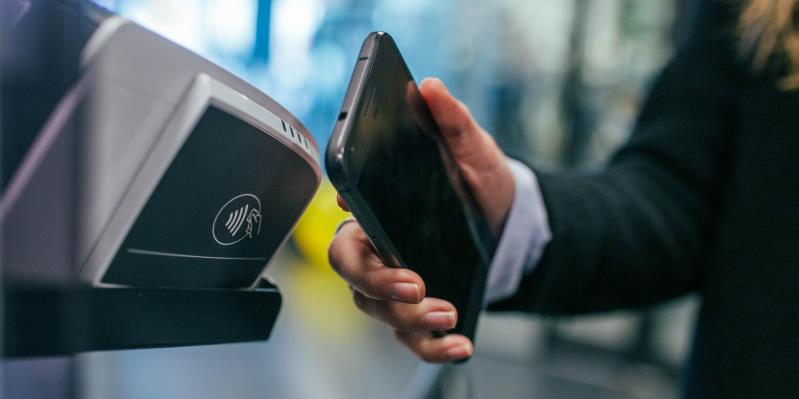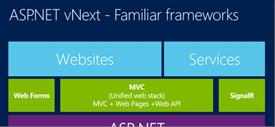How Technology Keeps on Improving Banking
Banks have been operating in some form for thousands of years, firstly lending grain rather than money.
The modern banking system we have today was created in Amsterdam to fund wars and expansion. The early 1700s saw a development of the central banking system across the globe, creating what we have today in part. Banking evolved, and it had no real technological impact until the invention of the telephone, establishing instant communication across the globe. It took many more years before phones were useful to the standard retail client; it mainly benefited investors and stock brokers.
Chequing Accounts
Cheques have been used for hundreds of years in some shape or form, commonly as a promissory note. Dealing with the increase in cheques coming into banks daily they needed to be able to automate some of the work as manual reading takes a lot of hours, which cost a lot of money. In the United States, a patent was filed in 1959 for a standard for machine-readable characters (MICR). Using a magnetic style ink, normally iron oxide, cheques could be fed into a reader which can handle many more cheques than a human reader. Having an automated reader also reduced the risk of errors significantly, ensuring a smoother process overall. Cheques continued to be the most popular form of payment behind cash until decades later when debit cards and online banking emerged.
ATMs
During the post-WW2 years to get money from your bank account involved queuing at the local branch to receive it. Having to use bank tellers to help clients take out money was of course very time consuming and expensive. There were several attempts to introduce Automatic Teller Machines (ATM) throughout the sixties, most notably in New York and Tokyo. Barclays Bank in Enfield North London is recorded as the first ATM in public use and was opened in 1967 for the public. The original machines used various ways of accessing money as they had no cash card in place yet. ATM’s have been gaining in popularity ever since, and we find them in every place we may need money, and more.
Telephone Banking
Banks and investors have been using the telephone to conduct business since it’s invention. It took until the 1980s before any bank offered telephone banking as a service. The first Bank to roll out telephone banking was Girobank in the UK. This gave customers the ability to pay bills, move money and check balances without the need to visit a physical branch. Customers embraced the idea of not queuing for a bank teller and telephone banking continued to rise until the internet took over. Many today still prefer to use their telephone to manage their bank transfers and payments, but many are now opting for online banking services through laptops and mobile phones.
Online Banking
Tim Berners-Lee first invented the internet in Cern, Switzerland. The internet touches every facet of modern life and banking is no exception. In the late nineties, all major banks started to offer online services, and some banks were formed with no physical branches for customers to visit. Using the internet to access your bank account can give you access to manage your account payments, set up direct debits, track loan applications in real time and manage all your finances from the comfort of your own home. With the influx of internet banking, many branches are closing as a local business can do all their banking online and need to deposit cash which can be collected.
Contactless Payments
Over the past twenty years, big technology companies have become major players in mobile banking, helping to create apps and contactless payment systems. It is possible to spend a day in a city with no cash as many shops, bars and restaurants offer contactless payments either using your debit card or only your mobile phone. Contactless debit and credit cards first appeared ten years ago and have become increasingly popular. There usually is a lower limit on how much can be spent using contactless, for security reasons. Evolving from contactless cards, you can now use your mobile device with Google Pay, Samsung Pay or Apple Pay and swipe your phone past a reader to complete the transaction. Cash it seems is nearly done as we move to online banking and contactless payments.
The Future
Technology savvy consumers are always looking for the best service delivered when they want. Banks need to embrace their customers to keep them loyal and use technology to help analyze the spending habits and financial needs to offer a more personalized service. Millennials are more likely to change banks if they see a better deal or have poor customer service, rather than their more mature customers; and banks will need to find creative ways to keep hold of their customers. Other areas which will see banks leveraging technology is security and enhanced productivity, collaboration, and efficiency.
Due to the vast sums of money that are involved in banking, the sector will continue to invest heavily in technology. Financial leaders overwhelmingly agree that technology will be the primary differentiator for banking in the future. Those who fail to evolve and stay ahead of the fast-moving sector will collapse. The move to focus on technology is welcomed among many leaders who expect to see the industry move quickly and deliver a better banking future for stakeholders and customers.
Related Posts
In almost all forms of modern business, marketing is an essential function.
As the world of eCommerce continues to evolve, businesses are constantly seeking ways to stand out in the digital landscape. According to a report by Statista, it is predicted that global online sales will reach an impressive mark of $6.5 billion by 2023.
In the era of high-speed internet, owning a server with a 10Gbps connection offers an unparalleled advantage in terms of data transfer speed, website performance, and user experience.
To make your business successful in the modern age, you need to excel at digital marketing and have a strategy that can allow you to beat out the competition.
In the ever-evolving landscape of digital marketing, link building remains a cornerstone of search engine optimization (SEO).
In today's age, establishing an online brand presence is crucial for success. With the vast reach and accessibility of the internet, launching your brand online can open up endless opportunities for growth and expansion.













Comments
comments powered by Disqus